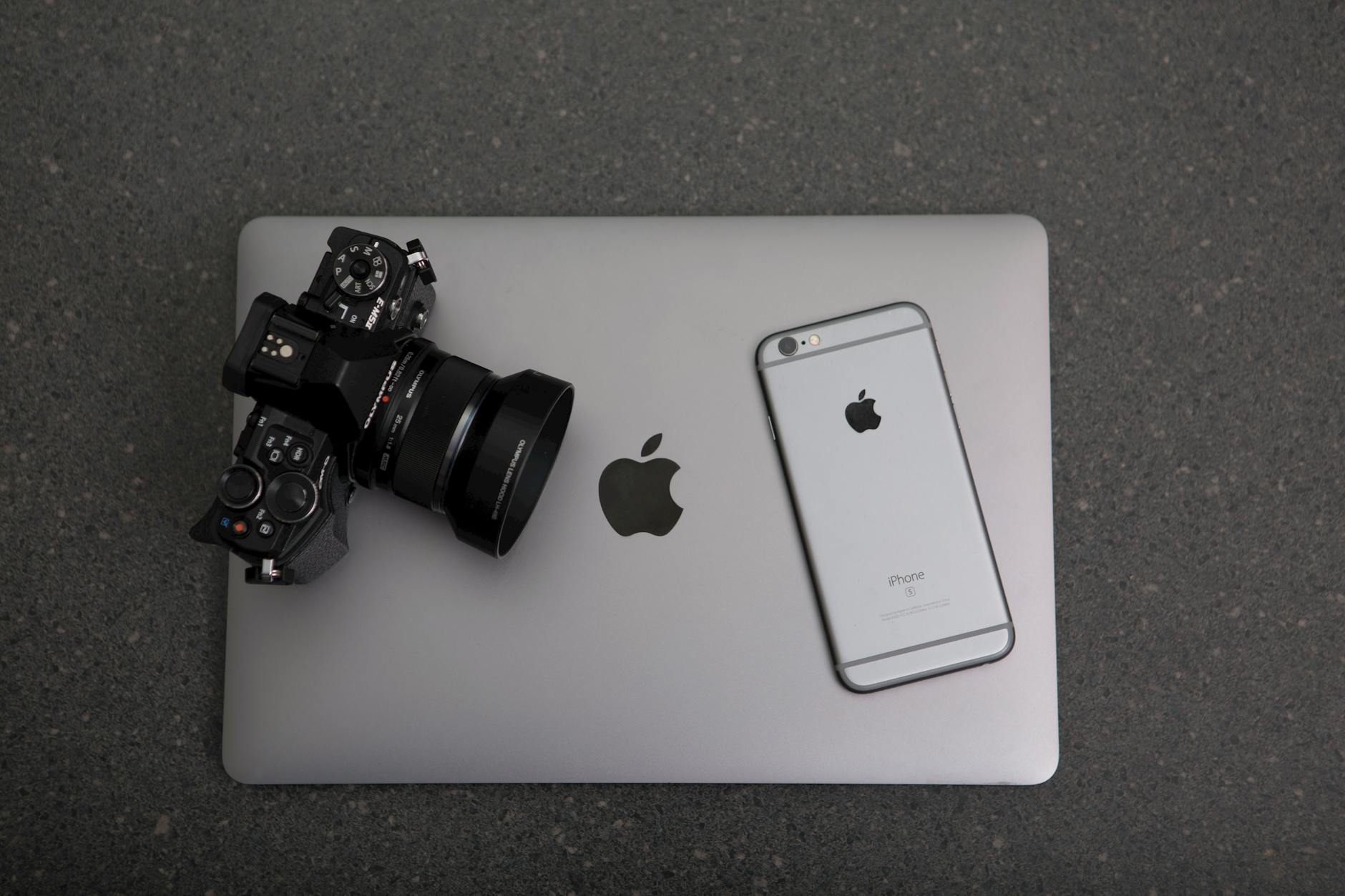Are Sustainable Materials the Future of Musical Equipment Design in Australia?

Introduction to Sustainable Materials
As someone who has been in the design industry for years, I've seen sustainability become more than just an emerging trend—it's now a crucial element in design practices. When I stroll through the bustling precinct of Fortitude Valley, I'm reminded of how industrial designers, like myself, incorporate sustainable elements into our projects. These choices not only benefit the environment but also open up innovative possibilities in design. From loudspeakers made with recyclable components to musical equipment designed with reduced emissions, embracing sustainable materials can truly reshape our creative landscapes.
Some of the eco-friendly alternatives I've explored include bamboo, reclaimed wood, and recycled metals. Each material provides unique textures and finishes that can breathe new life into a space. The use of acoustic panels crafted from recycled fibres effectively balances form and function, offering both aesthetic appeal and practical noise reduction.
Adopting sustainable materials in our projects comes with several advantages, such as enhancing indoor air quality and reducing carbon footprints. These materials are versatile and can be seamlessly integrated into various design elements, from furniture to soundproofing. By choosing materials that are sourced responsibly and produced ethically, we support a future where design and sustainability go hand in hand. This ensures that our spaces are not only beautiful but also reflect our commitment to making a positive impact.
Trends in Musical Equipment Design
Current Design Innovations
In the bustling design hub of Fortitude Valley, we're constantly exposed to cutting-edge innovations that reshaping the musical equipment landscape. As someone who spends significant time exploring design solutions, I've noticed a surge in interest for universal remote controls simplifying user interaction. These advanced devices streamline the management of multiple musical setups, allowing seamless integration across diverse systems.
For those, like me, who are passionate about ensuring these designs align with both aesthetic and functional needs, there's also a rising demand for monitors for video conferencing designed for optimal sound quality. These monitors are not merely functional; they are becoming visually pleasing elements seamlessly integrated into home studios and professional spaces.
Whether it's a sleek interface or a beautifully crafted speaker, designers are pushing the boundaries while maintaining functionality and user experience. These innovations are reflecting a broader industry trend focusing on integrating aesthetics in practical design, allowing users to enjoy both superior sound quality and visual appeal.
In essence, as I wander through Fortitude Valley, I'm reminded how vital it is for designs to both captivate and serve their purpose, making musical equipment not just tools but pieces of art in themselves.
Acoustic Design Considerations
Integrating Functionality and Aesthetics
Incorporating acoustic solutions into design projects requires a delicate balance between functionality and aesthetics. From my experience, merging sound-absorbing elements into spaces without compromising visual appeal is no small feat. When I was working on a project in Brisbane’s vibrant Fortitude Valley, I found that integrating artistic acoustic panels not only elevated the room’s sound quality but also transformed the aesthetic. Selecting designs that resemble artwork can achieve this dual purpose of improving acoustics while serving as decorative pieces.
Benefits for Interior Design Projects
Enhancing a design with acoustic considerations brings multifaceted benefits. This goes beyond just controlling noise levels—it also promotes a more harmonious environment. With the right broadcast solutions, you can elevate the ambience and boost the overall user experience in both residential and commercial spaces. The impact of these design elements is incredibly rewarding, from the quiet hum of a luxury home theatre to the focused calm of an open-plan office.
Overcoming Design Challenges
One of the main challenges in acoustic design lies in ensuring that sound quality improvements do not overshadow the aesthetic vision. Having faced this challenge myself, I recommend using flexible materials and customisable options. Whether it's a pre-cut sound panel or mouldable pro audio equipment, the key is to maintain artistic freedom while achieving superior acoustic performance. Keeping your creative vision intact is crucial to meeting client expectations without sacrificing functionality.
Implementation Strategies
Selecting the Right Materials
When selecting materials for musical equipment, I emphasise the significance of understanding the unique demands of the project. Whether it's incorporating guitars and basses into a design or ensuring the precision of an antenna tracking system, the choice of materials can dramatically affect the output. Sustainable materials like bamboo or reclaimed wood offer excellent alternatives for project designs due to their eco-friendly nature and durability. I once opted for recycled metals to maintain an edgy look while being environmentally conscious.
Collaborating with Manufacturers
Effective collaboration with manufacturers is crucial to bringing a design concept to life. By working closely with local manufacturers in the Fortitude Valley area, known for its design-centric vibe, I've discovered they not only help refine the design but also ensure material compatibility. This collaboration has taught me that sharing detailed sketches and material samples upfront can significantly enhance production quality and creativity.
Client Communication Tips
Communicating the importance of sustainable acoustic solutions to clients can be challenging. I found it helpful to use visuals such as mood boards or 3D renderings, which highlight both the aesthetic and functional benefits of the chosen materials. Engaging clients in design workshops or inviting them to local spots like the Brisbane Powerhouse for inspiration can also bridge the gap between aesthetics and functionality. These interactions not only improve client relationships but also enhance the overall design experience.
Best Practices
Innovative Design Applications
Drawing inspiration from Brisbane’s vibrant design scene, integrating sustainable materials into your musical equipment design can transform the ordinary into the extraordinary. When I worked on a project inspired by the dynamic Fortitude Valley, I experimented with recycled woods and metals, achieving a unique aesthetic that resonated well with both clients and musicians. Embedding local flora and fauna motifs enriched the connection to place, crafting designs that speak to our collective identity.
Preserving Material Quality
Maintaining the integrity of materials, especially sustainable ones, is crucial for durability. I often tell my peers to prioritise high-quality options like bamboo or salvaged metals, fostering long-lasting acoustic guitar designs. These materials are not only environmentally friendly but also offer remarkable acoustic properties, making them ideal for various applications. Regular maintenance checks and appropriate finishes ensure that these materials withstand the rigours of daily use, preserving their unique qualities over time.
Leading the Design Trends
Anticipating trends is second nature in our fast-paced industry. Staying ahead means constant engagement with community hotspots like the Brisbane Powerhouse, where creative innovations often unfold. By synthesising insights from local events, you can integrate emerging styles and technologies into your work. Collaborating with forward-thinking brands, even if it’s just exploring the latest updates on production music, positions you as a leader in sustainable musical equipment design. This proactive approach guarantees that your work resonates with a wider audience, pushing boundaries while honouring sustainability.


